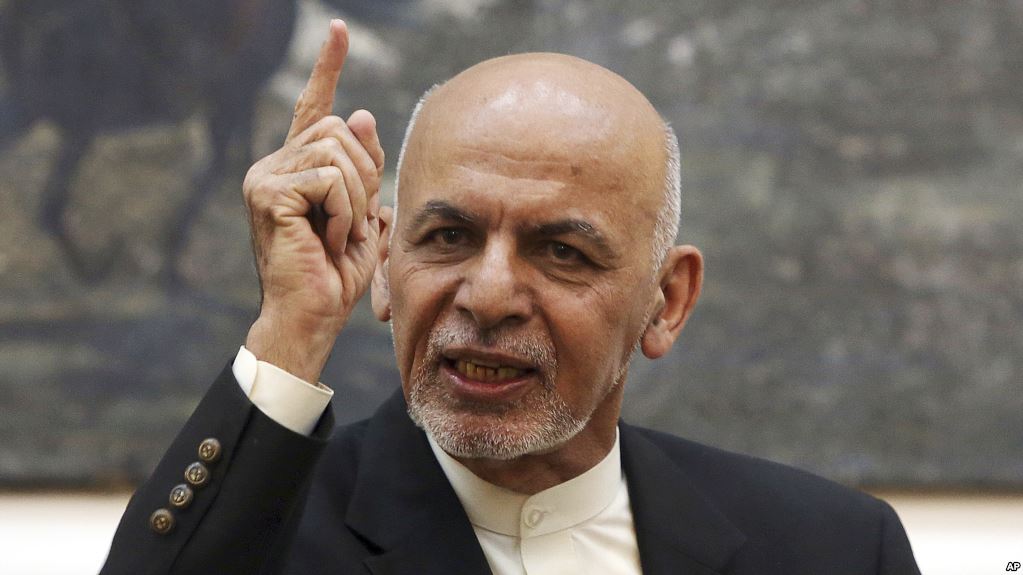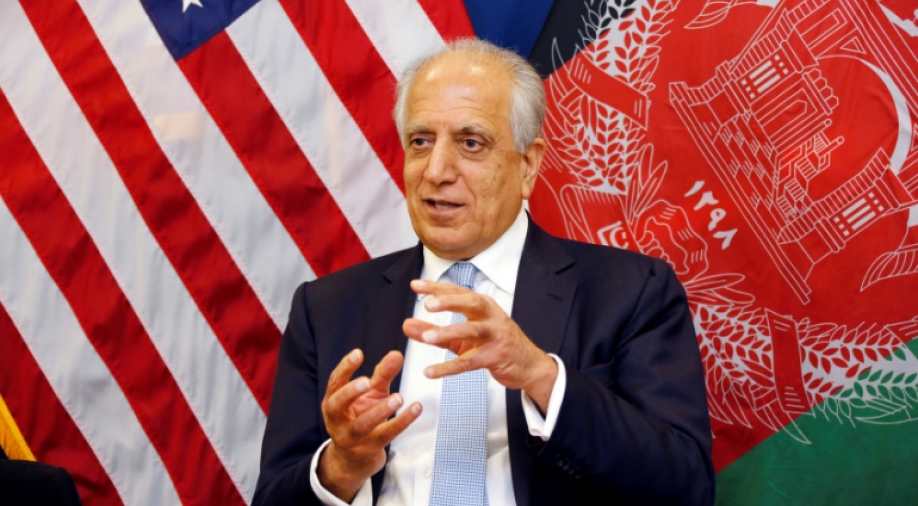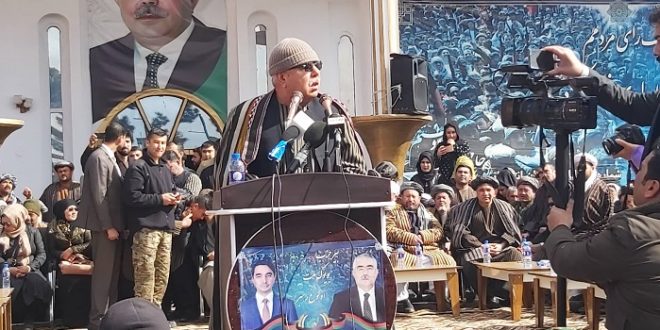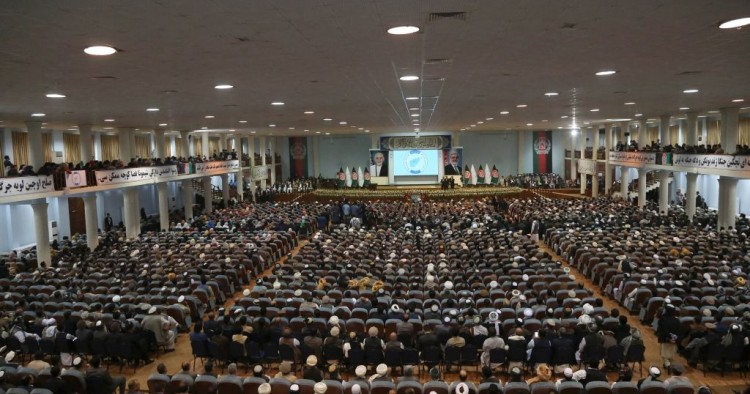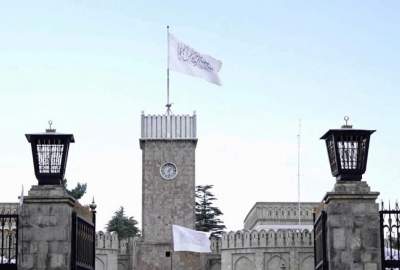The Foreign Policy magazine warns: "international order has been thrown into turmoil"
Publish dateTuesday 8 January 2019 - 05:42
Story Code : 177414
AVA- If Yemen is the world’s worst humanitarian disaster, Afghanistan suffers its deadliest fighting. In 2018, by one tally, the war killed more than 40,000 combatants and civilians. Trump’s reported decision in mid-December that half of U.S. forces in Afghanistan would leave brought further unease. In principle, Washington’s signal that it is ready to pull out could advance diplomatic efforts to end the war by focusing belligerents’ and regional actors’ minds. But the ad hoc nature of the decision—seemingly made without looping in top officials—and the specter it raises of the United States cutting and running could bode badly for the coming year.
In 2018, the war exacted a higher toll than at any time since the Taliban were ousted from Kabul more than 17 years ago. A three-day cease-fire in June, which the Taliban and the government enforced and which prompted joyous celebration by fighters and civilians alike, offered a short respite, though fighting resumed immediately afterwards. Taliban fighters now effectively control perhaps half the country, cutting off transport routes and laying siege to cities and towns. A sharp uptick in U.S. airstrikes has not curbed their momentum.
In September, Washington appointed the veteran diplomat Zalmay Khalilzad as an envoy for peace talks—a welcome sign that it was prioritizing negotiations to end the war. Taliban leaders appear to be taking the talks seriously, though the process is stuck over their continued insistence that the United States commit to a timeline for full withdrawal of international forces as a precondition for a wider peace process involving other Afghan factions, a sequence that would be a win for the Taliban while saddling other Afghans with uncertainty.
Only days after Khalilzad’s latest talks with the Taliban came Trump’s bombshell. Withdrawing 7,000 troops in itself will probably not be militarily decisive. Indeed, there could be value to the United States making clear it is serious about bringing troops home. All sides understand that a rapid pullout could provoke a major new civil war, an outcome nobody, including the Taliban, wants. With a U.S. drawdown in the cards, the Taliban’s suspicion about Washington’s motives might ease, propelling talks forward.
Neighboring countries and others involved in Afghanistan—notably Iran, Pakistan, Russia, and China—all want the Americans out eventually, but none of them wants a precipitous withdrawal. They may be more inclined to support U.S. diplomacy if they believe that Washington will eventually give up its strategic foothold in South Asia. Trump’s announcement could therefore spur them to help end the war, but regional powers could just as easily increase their meddling by doubling down on Afghan proxies to hedge their bets.
Unfortunately, the rashness of Trump’s decision risks outweighing any potential silver lining. Its timing appeared to catch everyone—from Khalilzad and top U.S. military chiefs to the Afghan government—off guard. The fact that it was not coordinated with Khalilzad meant that the envoy could not extract any concessions from the Taliban in return for such a key pledge that partially addressed their core demand. In Kabul, the sense of betrayal was palpable. A few days later, Afghan President Ashraf Ghani nominated two hard-line anti-Taliban officials as his defense and interior ministers, suggesting a move away from his compromising tone of the past year.
The festivities that greeted the June cease-fire revealed broad support for peace, and there are signs that the war’s core protagonists are open to a settlement. But that was always an uncertain bet. Trump’s decision has only added to the uncertainty.
In 2018, the war exacted a higher toll than at any time since the Taliban were ousted from Kabul more than 17 years ago. A three-day cease-fire in June, which the Taliban and the government enforced and which prompted joyous celebration by fighters and civilians alike, offered a short respite, though fighting resumed immediately afterwards. Taliban fighters now effectively control perhaps half the country, cutting off transport routes and laying siege to cities and towns. A sharp uptick in U.S. airstrikes has not curbed their momentum.
In September, Washington appointed the veteran diplomat Zalmay Khalilzad as an envoy for peace talks—a welcome sign that it was prioritizing negotiations to end the war. Taliban leaders appear to be taking the talks seriously, though the process is stuck over their continued insistence that the United States commit to a timeline for full withdrawal of international forces as a precondition for a wider peace process involving other Afghan factions, a sequence that would be a win for the Taliban while saddling other Afghans with uncertainty.
Only days after Khalilzad’s latest talks with the Taliban came Trump’s bombshell. Withdrawing 7,000 troops in itself will probably not be militarily decisive. Indeed, there could be value to the United States making clear it is serious about bringing troops home. All sides understand that a rapid pullout could provoke a major new civil war, an outcome nobody, including the Taliban, wants. With a U.S. drawdown in the cards, the Taliban’s suspicion about Washington’s motives might ease, propelling talks forward.
Neighboring countries and others involved in Afghanistan—notably Iran, Pakistan, Russia, and China—all want the Americans out eventually, but none of them wants a precipitous withdrawal. They may be more inclined to support U.S. diplomacy if they believe that Washington will eventually give up its strategic foothold in South Asia. Trump’s announcement could therefore spur them to help end the war, but regional powers could just as easily increase their meddling by doubling down on Afghan proxies to hedge their bets.
Unfortunately, the rashness of Trump’s decision risks outweighing any potential silver lining. Its timing appeared to catch everyone—from Khalilzad and top U.S. military chiefs to the Afghan government—off guard. The fact that it was not coordinated with Khalilzad meant that the envoy could not extract any concessions from the Taliban in return for such a key pledge that partially addressed their core demand. In Kabul, the sense of betrayal was palpable. A few days later, Afghan President Ashraf Ghani nominated two hard-line anti-Taliban officials as his defense and interior ministers, suggesting a move away from his compromising tone of the past year.
The festivities that greeted the June cease-fire revealed broad support for peace, and there are signs that the war’s core protagonists are open to a settlement. But that was always an uncertain bet. Trump’s decision has only added to the uncertainty.
Source : خبرگزاری Afghn Voice Agency(AVA)
avapress.com/vdcdf50foyt05o6.em2y.html
Tags
Top hits

